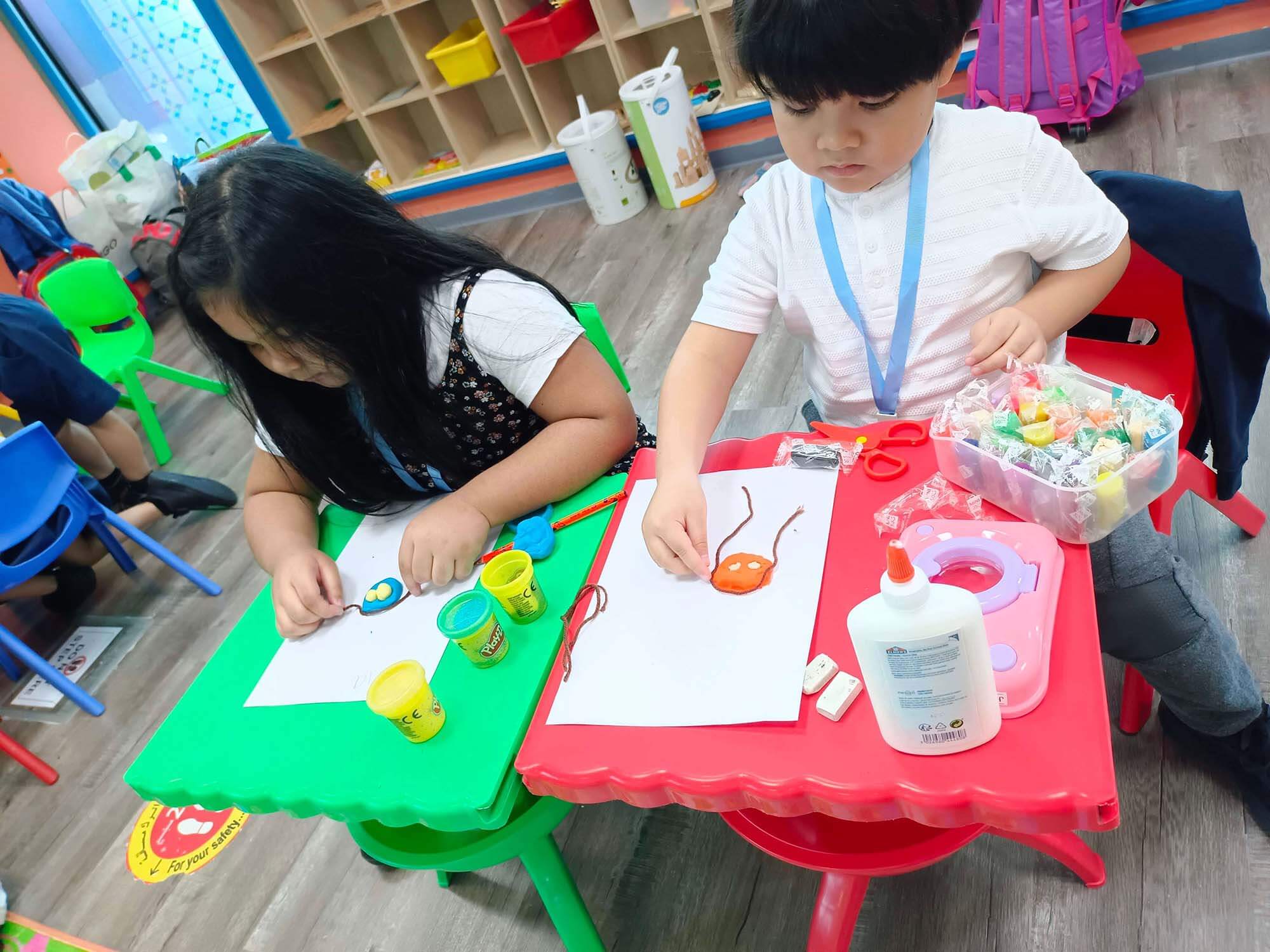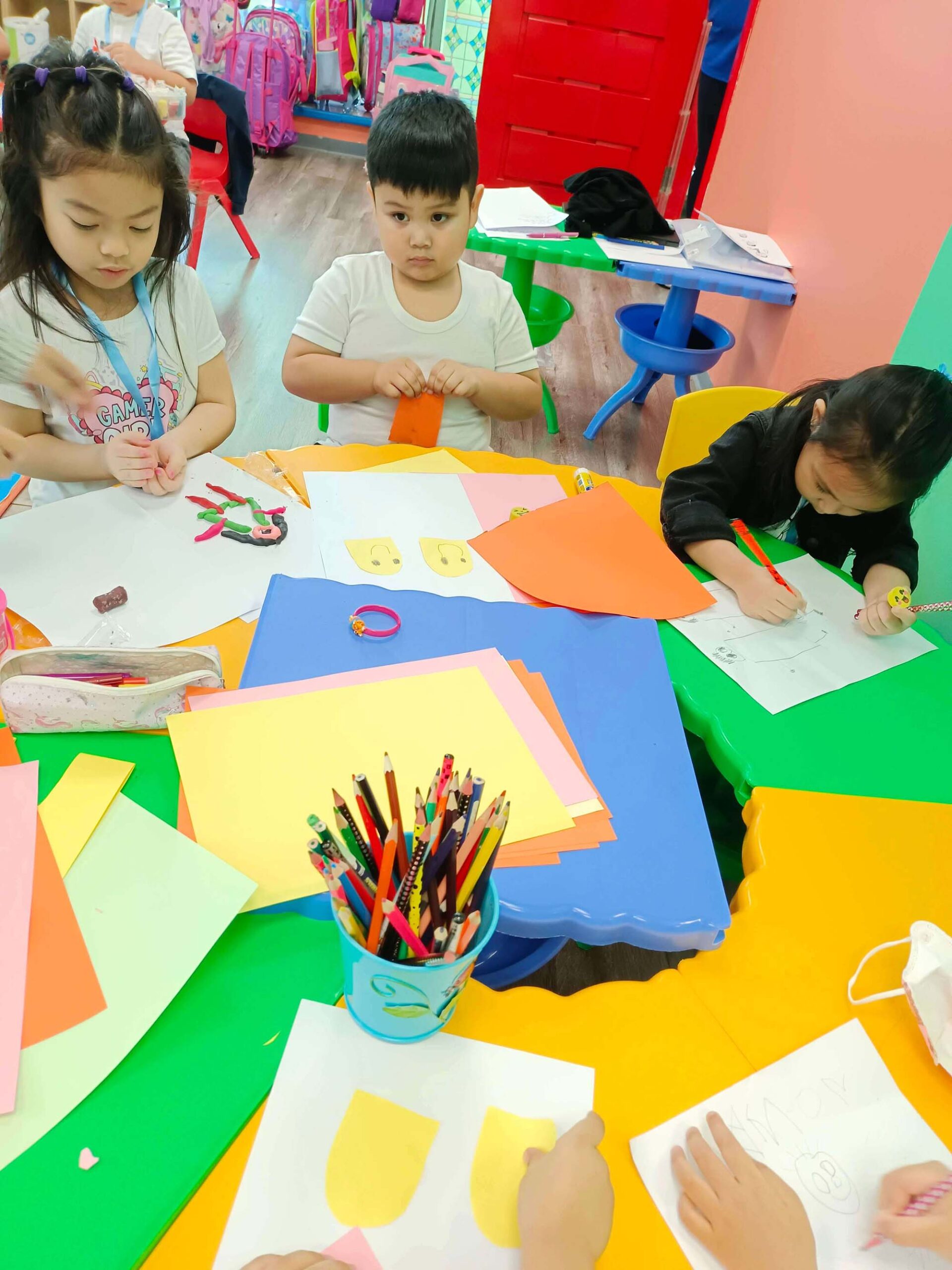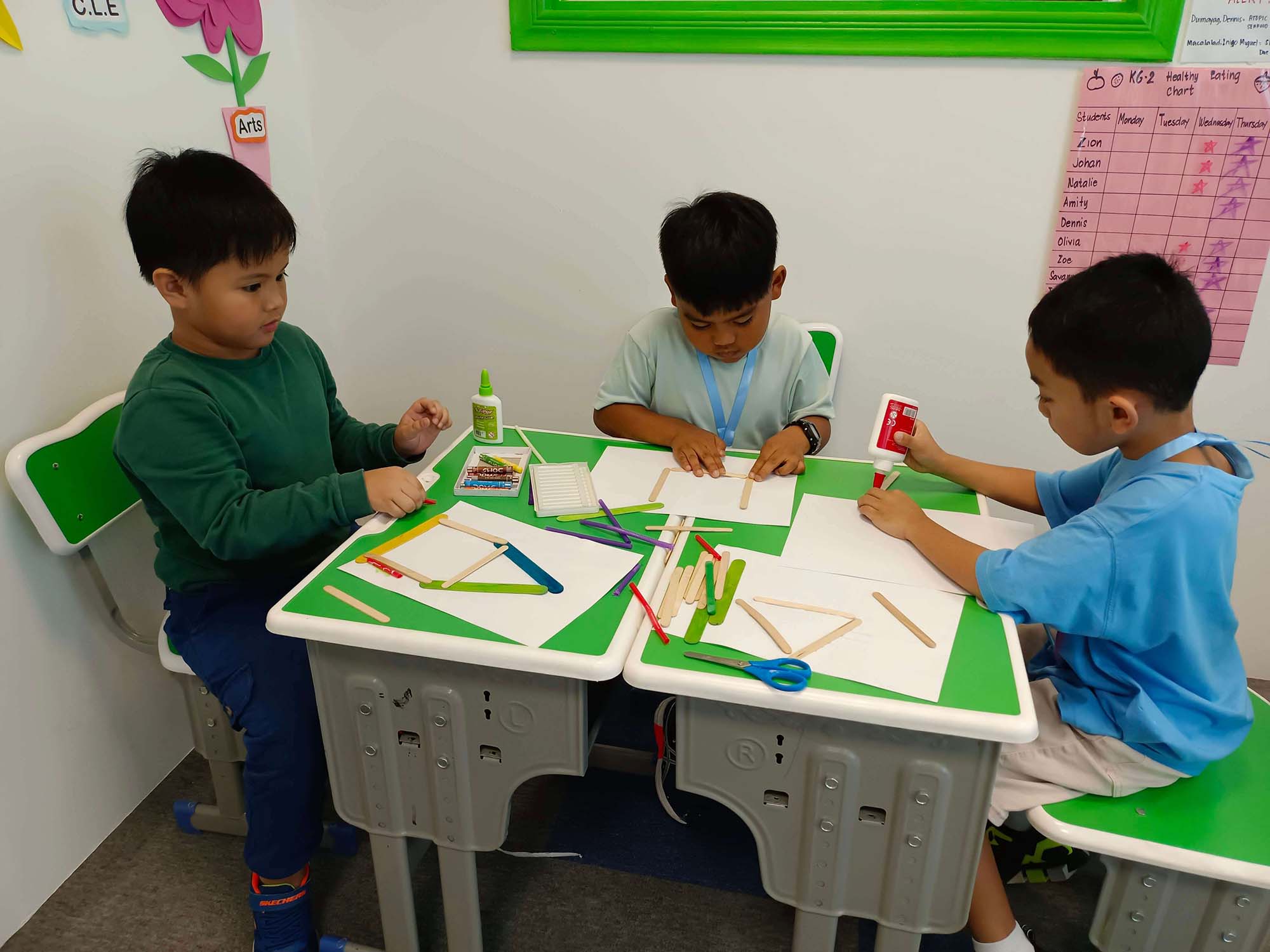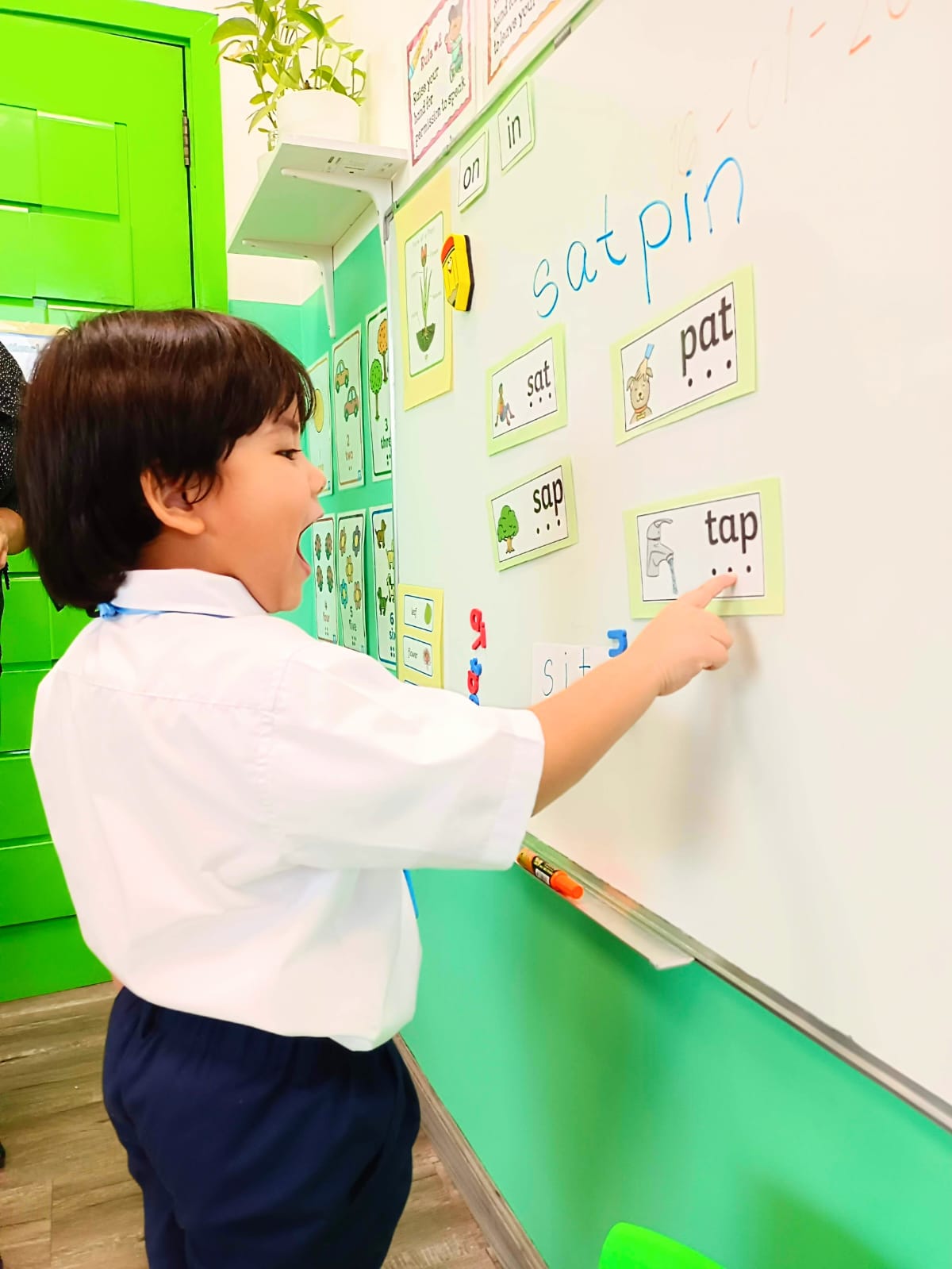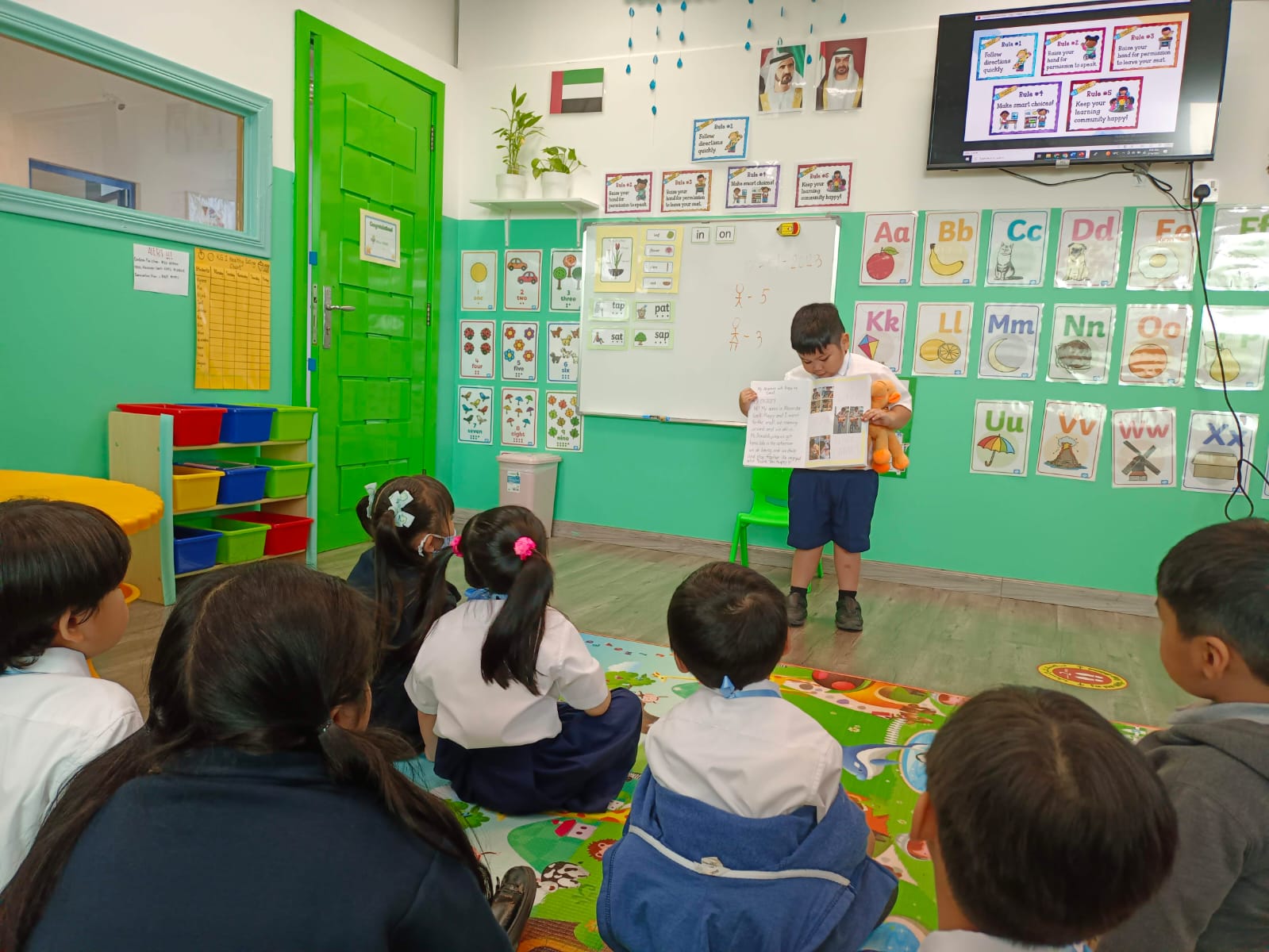Our Curriculum
Empowering Students With The Skills To Succeed!
Our Curriculum
The Le Eskolar Early Childhood Center curriculum, guided by its vision of providing the best possible foundation education and early development of the mind and body of its learners would like to implement an instructional program that would help them achieve quality performance along cognitive, physical and affective dimensions appropriate for its age and group levels.
Le Eskolar’s curriculum is patterned after the Philippine Dep Ed Kindergarten Curriculum Framework that corresponds to the inter-relatedness of the learning domains which dictates the way for its implementation. As such it would anchor to the construct that the layers of the environment have significant effects on a child’s holistic development. Thus, it starts from the concept of Myself, My Family, My School, My Community, and More Things Around Me at the expanded emphasis.
Curricular components shall consist of subjects and disciplines that would help their well-rounded formation such as Language Arts, Reading/Writing/Story Telling, Math, Civics, Values Education, MAPEH, and Science. The school also provides co- and extra-curricular activities to develop the physical, social, and artistic interests of the pupil-learners. In terms of instruction and evaluation, all teachers are enjoined to employ learner-centered approaches to maximize the potential of every student.
Le Eskolar’s curriculum is patterned after the Philippine Dep Ed Kindergarten Curriculum Framework that corresponds to the inter-relatedness of the learning domains which dictates the way for its implementation. As such it would anchor to the construct that the layers of the environment have significant effects on a child’s holistic development. Thus, it starts from the concept of Myself, My Family, My School, My Community, and More Things Around Me at the expanded emphasis.
Curricular components shall consist of subjects and disciplines that would help their well-rounded formation such as Language Arts, Reading/Writing/Story Telling, Math, Civics, Values Education, MAPEH, and Science. The school also provides co- and extra-curricular activities to develop the physical, social, and artistic interests of the pupil-learners. In terms of instruction and evaluation, all teachers are enjoined to employ learner-centered approaches to maximize the potential of every student.
- Every child is unique. Growth and development vary from child to child, for whom the first eight years of life are most vital. He/she has an innate desire to learn, and this is best done through meaningful and real experiences.
- Every aspect of growth and development is interrelated and interdependent. The child needs to be nurtured in a good and caring environment that enhances healthy and dependable relationships with other children and most significant adults.
- The learning and development of every child involve a series of complex and dynamic processes that are best attended to in a more positive and responsive manner.
- The child must be encouraged to aspire beyond one’s own level of achievements and to practice newly acquired competencies.
- Every child is a thinking, moving, feeling, and interactive human being able to actively participate in the learning and development of self in the context of one’s family and community, including cultural and religious beliefs.
Areas of Learning and Development
SED
Values
Physical
Art
Math
Science
Language
Socio-Emotional Development
Children are expected to develop emotional skills, basic concepts pertaining to her/himself, how to relate well with other people in his/her immediate environment, demonstrate awareness of one’s social identity, and appreciate cultural diversity among the school, community, and other people.
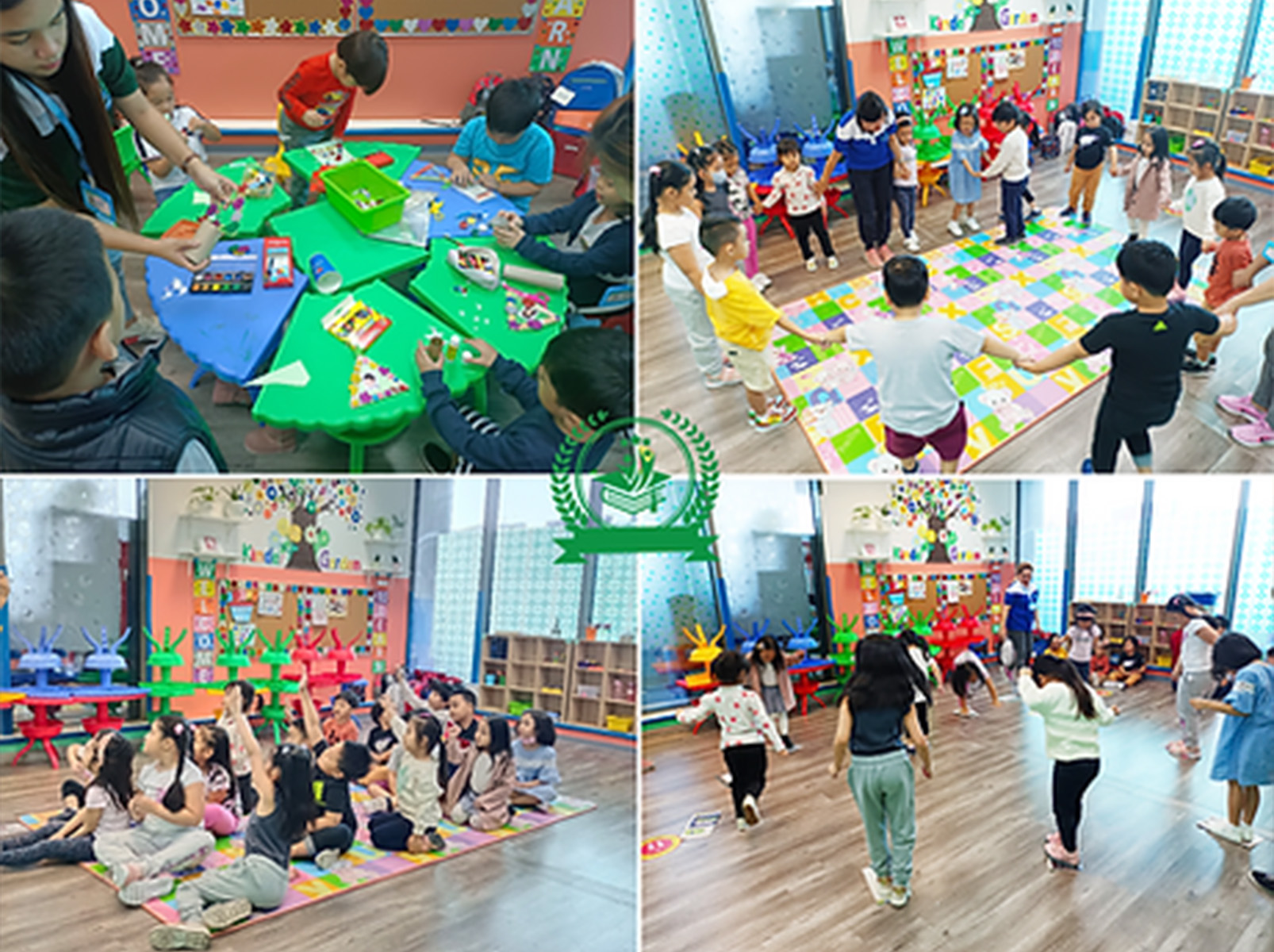
Values Development
Children are expected to show positive attitudes, self-concept, respect, concern for self and others, behave appropriately in various situations and places, manifest love of God, country, and fellowmen.
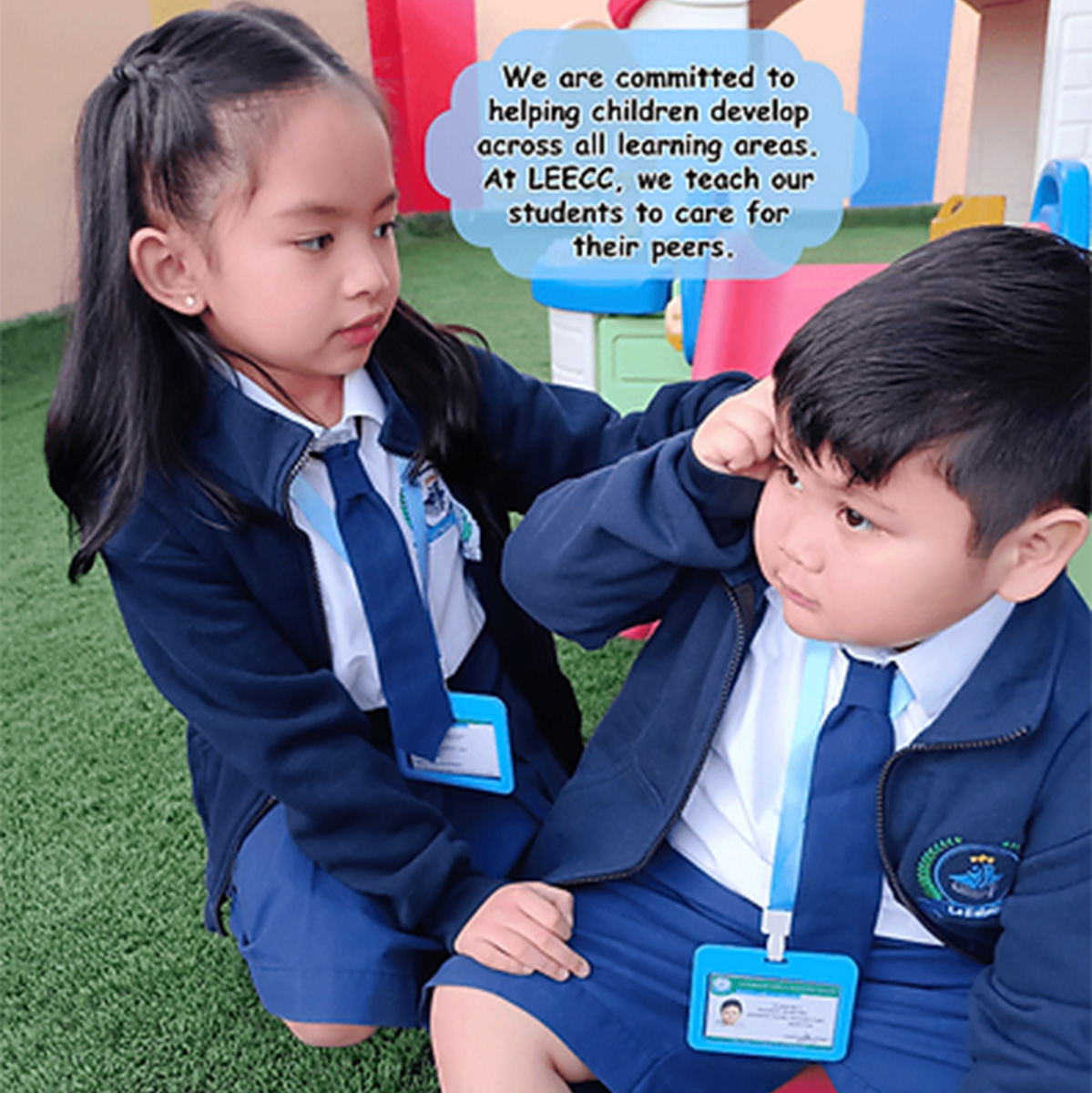
Physical Health & Motor Development
Children are expected to develop both their fine and gross motor skills to be efficient and effective movers when engaging in wholesome physical and health activities. They are also expected to acquire an understanding of good health habits and develop their awareness about the importance of safety and how they can prevent danger at home, in school, and in public places.

Aesthetic/Creative Development
Children are expected to develop their aesthetic sense and creative expression through drawing, painting, and manipulative activities. Aesthetic development involves the love and pursuit of beauty in art, music, and movement, and creates opportunities for the creative expression of emotions, thoughts, feelings, and ideas.
Mathematics
Children are expected to understand and demonstrate knowledge, thinking skills, and insights into patterns of mathematics, concepts of numbers, length, capacity, mass, and time through the use of concrete objects or materials, and to apply these meaningfully in their daily experiences. Children are provided with varied manipulative activities to help them see relationships and interconnections in math and enable them to deal flexibly with mathematical ideas and concepts.
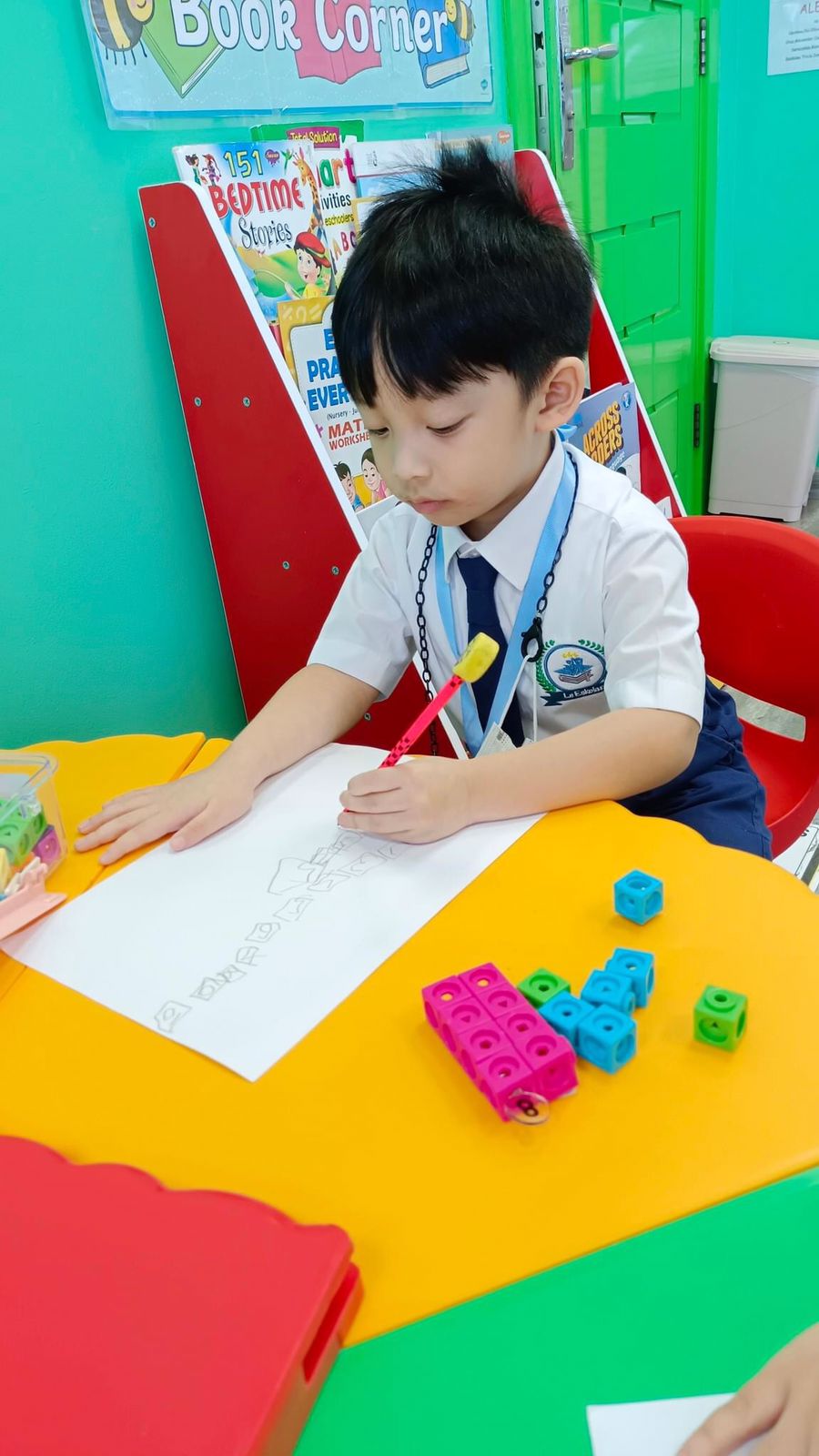
Understanding of the Physical and Natural Environment
Children are expected to demonstrate a basic understanding of concepts pertaining to living and nonliving things, including weather, and use these in categorizing things in his/her environment. They are also expected to acquire the essential skills and sustain their natural curiosity in their immediate environment through exploration, discovery, observation, and relate their everyday experiences using their senses (touch, sight, smell, taste, and hearing).
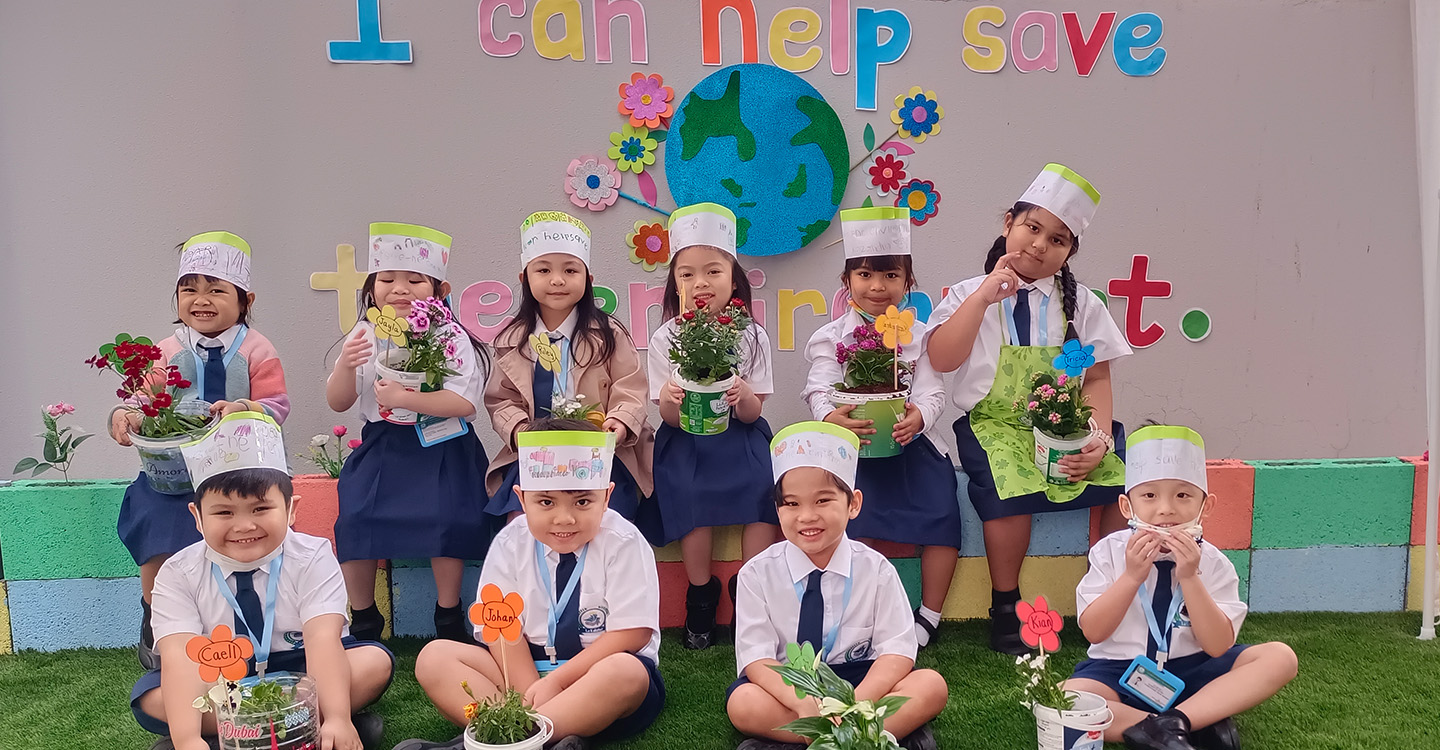
Language, Literacy, and Communication
This domain provides opportunities on early literacy learning for self-expression through language using the mother tongue or the child’s first language. Children are expected to develop communicative skills in their first language. They are also expected to develop more positive attitudes toward reading, writing, and to view themselves as effective users and learners of language.
Areas of Learning and Development
SED
Socio-Emotional Development
Children are expected to develop emotional skills, basic concepts pertaining to her/himself, how to relate well with other people in his/her immediate environment, demonstrate awareness of one’s social identity, and appreciate cultural diversity among the school, community, and other people.

Values
Values Development
Children are expected to show positive attitudes, self-concept, respect, concern for self and others, behave appropriately in various situations and places, manifest love of God, country, and fellowmen.

Physical
Physical Health & Motor Development
Children are expected to develop both their fine and gross motor skills to be efficient and effective movers when engaging in wholesome physical and health activities. They are also expected to acquire an understanding of good health habits and develop their awareness about the importance of safety and how they can prevent danger at home, in school, and in public places.

Art
Aesthetic/Creative Development
Children are expected to develop their aesthetic sense and creative expression through drawing, painting, and manipulative activities. Aesthetic development involves the love and pursuit of beauty in art, music, and movement, and creates opportunities for the creative expression of emotions, thoughts, feelings, and ideas.
Math
Mathematics
Children are expected to understand and demonstrate knowledge, thinking skills, and insights into patterns of mathematics, concepts of numbers, length, capacity, mass, and time through the use of concrete objects or materials, and to apply these meaningfully in their daily experiences. Children are provided with varied manipulative activities to help them see relationships and interconnections in math and enable them to deal flexibly with mathematical ideas and concepts.

Science
Understanding of the Physical and Natural Environment
This domain provides opportunities on early literacy learning for self-expression through language using the mother tongue or the child’s first language. Children are expected to develop communicative skills in their first language. They are also expected to develop more positive attitudes toward reading, writing, and to view themselves as effective users and learners of language.

Language
Language, Literacy, and Communication
This domain provides opportunities on early literacy learning for self-expression through language using the mother tongue or the child’s first language. Children are expected to develop communicative skills in their first language. They are also expected to develop more positive attitudes toward reading, writing, and to view themselves as effective users and learners of language.


